At Purple Pear Farm, permaculture is a way of thinking, a way of looking at things and a system of design used throughout our farm.
The concept of permaculture was established by Bill Mollison and David Holmgren in the late 1960s. It looks to nature and especially the forests as a model for sustainable agriculture with the elements working together in symbiotic relationships. It looks to maximise the utilisation of resources, including the sun, water, gravity and the interrelationships between the components of the system. These ‘guilds’ are a cornerstone of sustainability.
The guiding tenet is the ethic –
Earth Care, People Care, Fair Share.
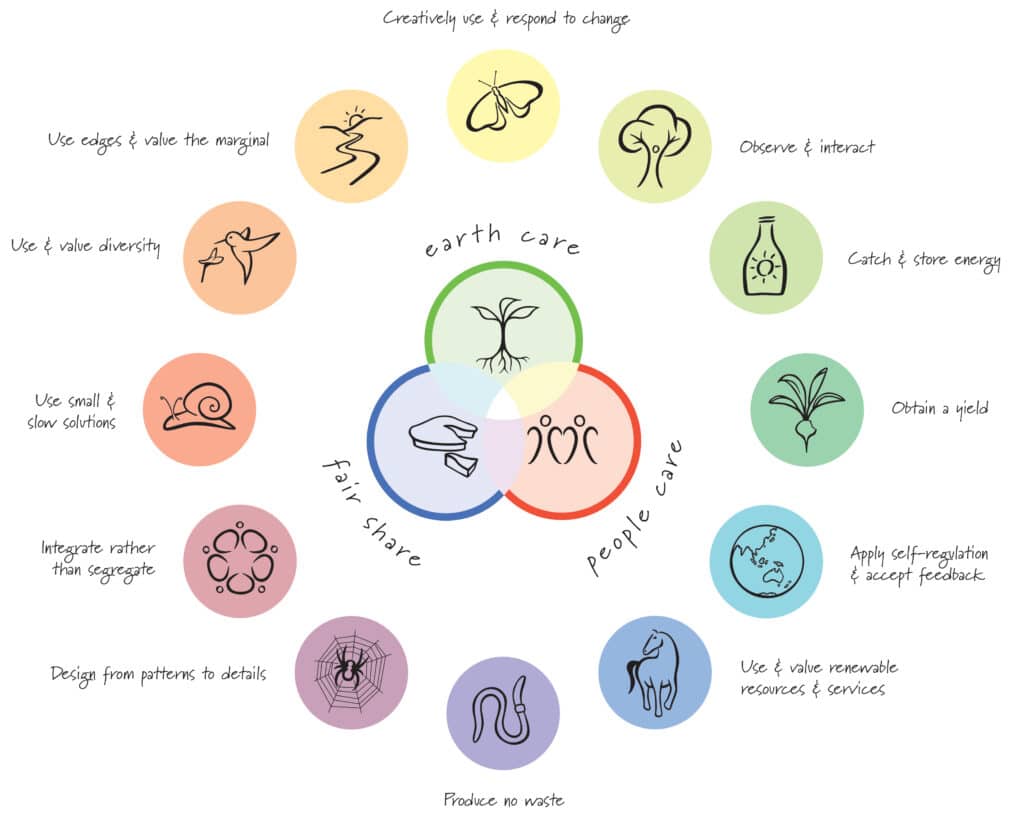

Working not just with nature but with the forces of the cosmos allows us to grow food and animals enlivened with etheric life forces.
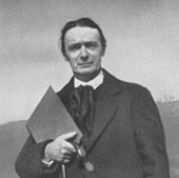
Rudolph Steiner
In the 1920s Dr Rudolf Steiner was asked about a decline in agriculture in Europe. He had already done a lot of work on health and education. He could see that if a new agriculture didn’t eventuate that agriculture would go from bad to worse in civilised countries. Not only would intermittent periods of local starvation or high prices occur, but these conditions would become quite general … we must endeavour to shape things in such a way as to bring forth a new fertility. At the same time, the man generally credited with proposing chemical fertilisers, Justus Von Liebig (1803-1873), was questioning his own work.
He said, ‘Inorganic forces breed only inorganic substances. Through a higher force at work in living bodies, of which inorganic forces are merely the servants, substances come into being which are endowed with vital qualities’.
In biodynamics it is these vital qualities, the etheric life force, that are enhanced in the soils and the ecology. From here they enter the food to nourish not only our bodies but also our souls.
We are so pleased to be home base for the operations of the Hunter Biodynamic Group though the group is itself going through a transition of sorts we continue to be involved in the creation and distribution of the Biodynamic Preparations.
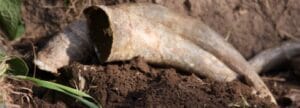
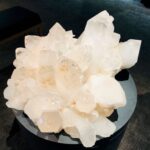
These preparations (preps) are generally used in a set and are often called ‘the compost preps’. Although it is important to keep them separate in storage and in the compost, they work together to create balance in the soil nutrients. It is said that they can be used separately to achieve a specific purpose, but at Purple Pear Farm we have only ever used them in combination.
Yarrow (BD 502)
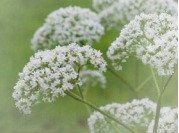
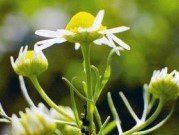
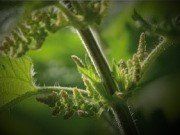
Oak Bark (BD 505)
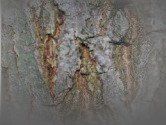
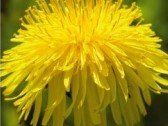
Valerian (BD 507)
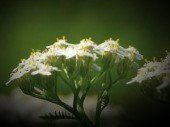
Equisetum (BD 508)
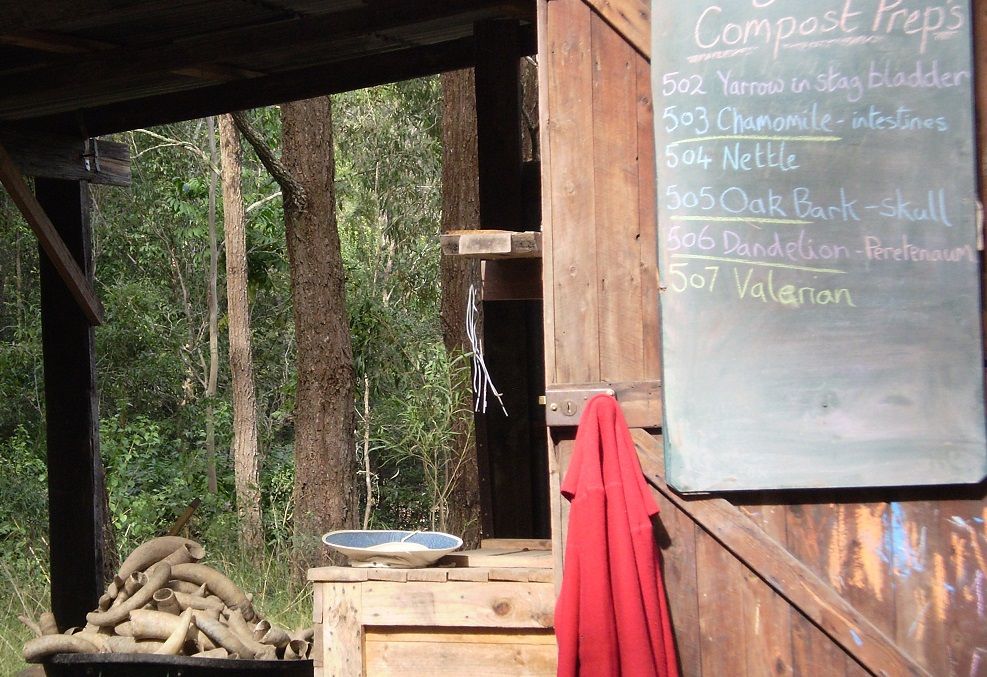
Cow Pat Pit
For me, the enjoyment of gardening is multiplied when you are treating the plants you grow with the natural sustenance they could expect in nature but with the added love that you can bring to the growing of that plant. Before I started growing organically in the early 1980s, the use of chemicals seemed to cheat me of the challenge to garden naturally. After attending a field day of the Hunter Organic Growers Society, I started to look at the health and social implications of using poisons on the food I was growing to consume.
Organic growing is not just about ‘not using chemicals’. It is building healthy soil so a healthy plant can grow. Many of the pests and diseases in plants can be overcome if plant selection is appropriate for the growing conditions and the plant has what it needs to grow well. Natural resistance to pest attack is provided by the plants themselves.
We find a minimal need for inputs to the farm when we have manure from the cow and comfrey from the weed barrier to make compost which adds humus to the soil. Humus allows for moisture retention, microbes to convert minerals and organic matter to plant food and cation exchange to prevent leaching of the nutrient from the soil.

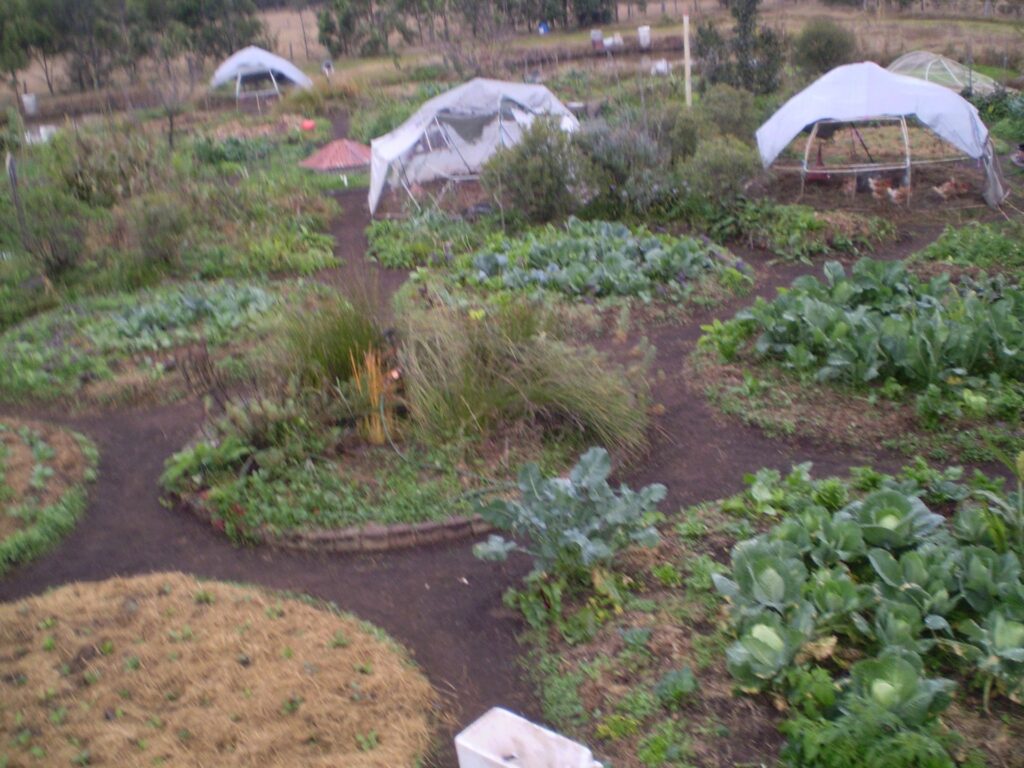
Contact us. Send us a message today!
